#Patents
Stellantis Patents Fake Engine Vibrations for EVs
When Dodge previewed its Fratzonic Chambered Exhaust for the all-electric Charger Daytona SRT concept (pictured), enthusiasts were divided. Some thought the idea of a faux exhaust system, designed to help EVs mimic the howl of a V8, was a cringe-worthy gimmick. But others felt it broke new ground in terms of vehicular sound design and would ensure electric cars could retain some of the magic of combustion vehicles. Regardless of which camp you happen to staked your tent, parent company Stellantis has continued on with the premise and has likewise patented a system that creates fake engine vibrations to further the illusion of combustion-derived propulsion.
Rivian Files Patent for Unique Spare Tire Design With Accessories
Rivian has filed a patent for a full-size spare wheel mount designed to accommodate additional components that can enhance the capabilities of the all-electric R1S SUV.
The spare mount has the wheel oriented so the cavity is facing outward, allowing Rivian to throw in cylindrical containers dedicated to specific purposes. The patent list makes mention of the space being utilized for a “first aid kit, waste can, water container, cooler, vacuum canister, compressed air system, toolbox, electrical appliance, electrical cord wound on a reel, a camera, or other types of containers.”
Ferrari Patents Augmented Reality System Designed to Merge Real and Virtual Racing
Ferrari has filed a patent with the United States Patent and Trademark Office that leverages augmented reality to allow real-world racing to crossover into the virtual realm. By using wireless networks and the real vehicle’s positional data, Ferrari thinks it can replicate it on screens at home with a high degree of accuracy.
But the really slick stuff comes into play once that experience is replicated the other way round. The special interface device the automaker has filed its patent for also replicates virtual vehicles competing against it via an advanced head-up display (HUD) and some feedback features made possible by electronic controls.
Honda Patents Seats With Shock Absorption
Modern car seats are notoriously uncomfortable. We can blame manufacturers for cutting costs while seeking to standardize snazzier equipment elsewhere. Buyers often don’t consider the importance of seat comfort, especially when they’re only spending 10 minutes on a test drive. However, worsening road conditions have made us long for prior decades when car companies went overboard with the springs and foam.
The industry knows this and the phenomenon may even help explain the popularity of crossover vehicles, which often have softer suspensions than their sedan counterparts. But Honda is working on something that would bring the buffering inside the cabin.
Volvo Patents New Tool to Combat Car Thieves
Volvo has reportedly filed a new patent with the United States Patent and Trademark Office (USPTO) that would add digital protections designed to prevent modern car thieves from doing what they do. While the golden age of car thievery typically involved criminals skulking around in the dark to find an isolated model they could jimmy open and then hot-wire, today’s thieves tend to linger in crowded parking areas our outside homes with computers that scan and capture the codes being transmitted remotely from the key fob to the car.
Report: Ford Patents Powered Roof Rack System
While it’s fairly common to hear people argue about the true usefulness of modern automotive features, there are some inclusions nobody seems to mind. Automakers cannot seem to add enough places for people to plug in electrical devices. Parents want USB ports for the entire family, pickup truck owners want outlets tucked into the bed, and people doing vehicle modifications want a simple way to power the accessories they probably didn’t need but decided to buy anyway.
To that effect, Ford has patented a powered roof rail system that seems custom-made for proprietary accessories requiring electricity and it doesn’t even sound like it’ll be all that hard to install.
Report: Hyundai Patents Dual-Joystick Controls
While the Hyundai Ioniq 6 has retained quite a bit from its conceptual precursor, some of the most interesting aspects of the Prophecy EV failed to carry over. The production Ioniq 6 looks less like the Phantom Corsair the concept had been channeling and more like a remastered Citroën DS – which isn’t necessarily a bad thing.
Gone are the pixel tail lights, the flowing, seamless bodywork, and abundant minimalism that made the concept feel like a modern interpretation of the futuristic notions swirling prior to World War II. Also absent are the twin joysticks Hyundai envisioned the model using as its primary controls. However, the manufacturer may not be through with those just yet, since there’s apparently a U.S. patent filing for them.
Driving Dystopia: Ford Patent Would Have Vehicles Repossess Themselves
The number of U.S. vehicle owners who are more than 59 days behind in their auto loan payments was 26.7 percent higher at the end of 2022 than they were at the end of 2021. This is due to a myriad of factors. Car payments have gotten larger, loan terms have increased, inflation has devalued the currency, and subprime borrowers are finding themselves on the wrong end of a widening wealth gap.
While automotive repossessions declined during the pandemic, mainly due to lenders offering amnesty periods, they’ve likewise spiked through the end of 2022. This trend is assumed to continue, setting up a lot of business for repo men. However, Ford Motor Co. has patented a system that would effectively make vehicles unresponsive to drivers that have missed a few payments. Meanwhile, automobiles boasting the latest advanced driving technologies could allegedly repossess themselves.
GM Patents Autonomous Driving Instructor
General Motors has filed a patent for a driver-training system that utilizes a vehicle’s onboard sensing equipment to determine how well a novice motorist is handling themselves behind the wheel.
The objective is to offer driver education without the help of a flesh-and-blood instructor being present. Instead, the autonomous vehicle limits the amount of control offered to the student while constantly monitoring their progress. If they score well enough, additional freedom is awarded to the driver and the process begins again — this time with the vehicle looking to evaluate more advanced maneuvers while still keeping tabs on the basics. It’s quite a bit different than the standard practice of having someone sit beside you to take stock of your budding driving skills. But GM thinks it might have future applications and probably wants to lock it in with the United States Patent and Trademark Office (USPTO) before anybody else does.
Positives & Negatives: Ford Patents In-Bed Magnets
Hands up if you’ve ever wrestled with keeping cargo from moving about the bed of a pickup truck. Whether it’s thanks to an oddly-sized piece of kit or something with few tie-down points, trying to safely secure all items aft of the cab can be a trial, with enough rope strung around to trip up at least half of Cirque du Soliel.
Hey, if you can’t tie knots – tie lots.
Moldy old dad jokes aside, Ford has patented a neat take on cargo management. Their idea? A whole bunch of magnets.
GM Files to Trademark Electra Name for Buick
General Motors is hoping to re-up the Electra name for Buick as per a December filing with the United States Trademark and Patent Office (USTPO). While many of you will recall the model as another ho-hum sedan from the 1990s with the potential to be graced with a 3800 motor, the car actually dates back to a time where tailfins were all the rage and there was no such thing as too much chrome.
Though it’s unlikely that the name would be affixed to anything burning gasoline in the modern context. Buick has already shown an all-electric concept wearing the Electra name at the 2020 Beijing auto show and it would be the mother of all twists to snub it.
Ford and GM Feuding Over Names
Last month, General Motors filed a trademark infringement lawsuit against Ford’s use of the term BlueCruise for its SAE Level 2 advanced driving assistance suite. GM has argued the phrase is too close to its own SuperCruise system and wants Blue Oval to ditch the name for something else. Ford recently filed a motion asking the US District Court in San Francisco to throw out the case, as it believes the term cruise is common enough to qualify as ubiquitous.
This is the industrial equivalent of two of your friends screeching at each other because one of them wanted to name their youngest son Landon while the other already named their kid Langston. Though the manufacturer’s feud may be dumber because it’s not exactly like we’ve recently started affixing the word cruise to the systems found inside automobiles.
BMW Patents Projection Side Mirror Display, Cool But Pointless
The problem with being in the sales business is the need to constantly outdo your rivals. Automakers know this better than just about anyone, which is why you see gimmicky features installed into vehicles that probably would have been just as good without them. But one never knows what’s going to catch on with consumers and you’ll never catch the big one if you don’t go fishing, so you’ll see patents filed on just about everything.
BMW has reportedly done just that with its new virtual mirror technology system that merges camera-based mirrors with olde-tyme projection technologies. The purpose appears to be something that replicates the experience of traditional side mirrors (which work fine) while adding some modern features that can only be accomplished using the newer stuff.
Apple Patent Application Detects Cracked Windshields
If you’re doing any kind of regular driving, it’s likely a matter of time before you’ll find yourself confronting a cracked windshield. Maybe a stray rock chips the glass and it spiders out as the car is heat cycled through the winter or perhaps an errant baseball does some real damage during a summer afternoon catch with the family. There is a multitude of reasons but only one outcome — pure, unadulterated rage leading into some mental math as you ask yourself how long you might be able to get away with it going unfixed.
Well, those days may soon be over (minus the rage) because Apple filed a patent application earlier this month that describes a system that would monitor the resistance of a conductive film placed inside/against a sheet of laminated glass.
Smells Like Special Edition: Ford Files Trademark for 'Black Diamond'
Ford has filed a trademark application to register “Black Diamond” with the United States Patent and Trademark Office. General Motors previously manufactured models using the name to denote limited edition models, such as the CTS-V Black Diamond Edition, which incorporated an especially sparkly paint color.
While the same could be true for Ford, there’s another possibility. The term is frequently used to denote a particularly rough patch of mountain trail or extreme ski run. The Blue Oval could adapt it for use on specialty off-road vehicles.



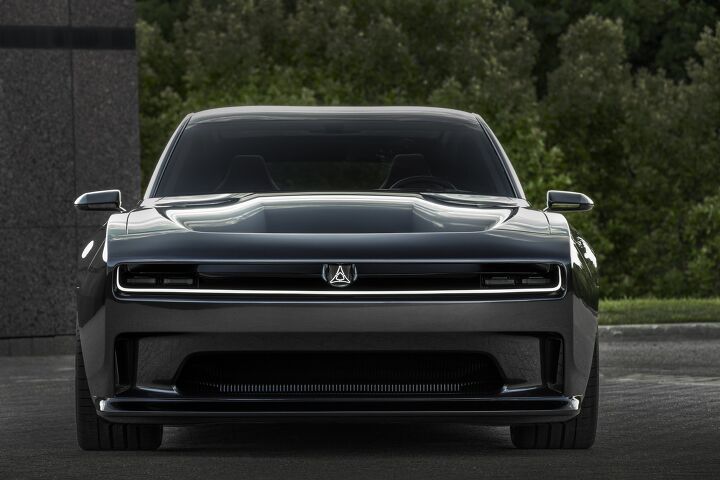
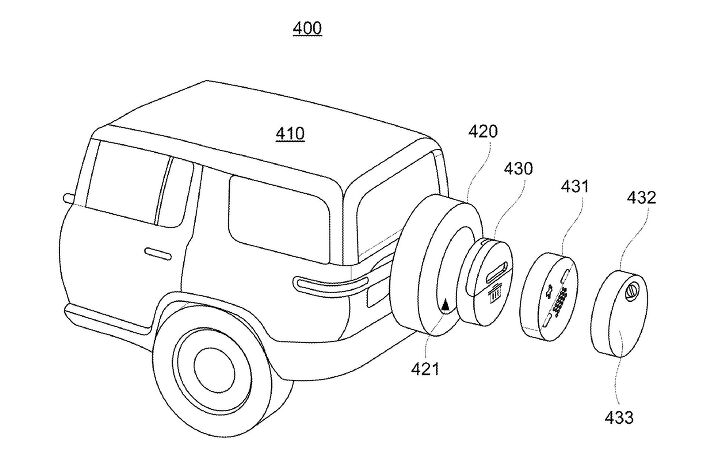
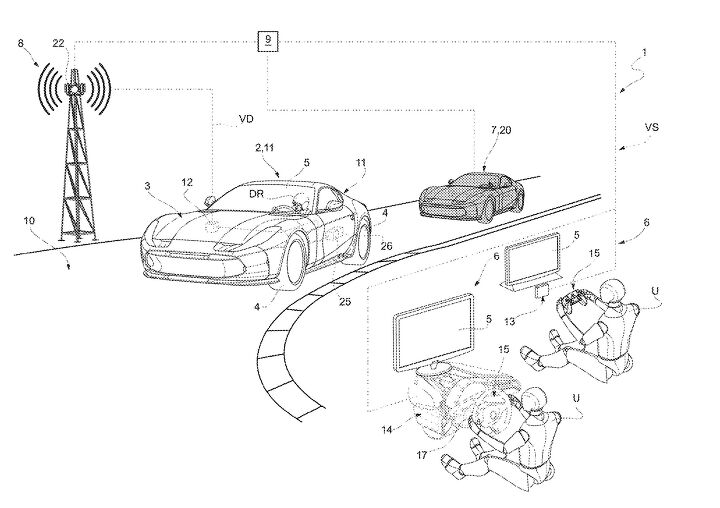
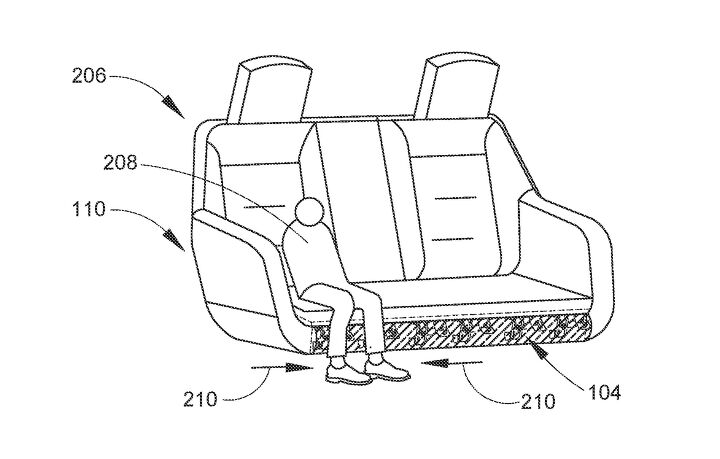
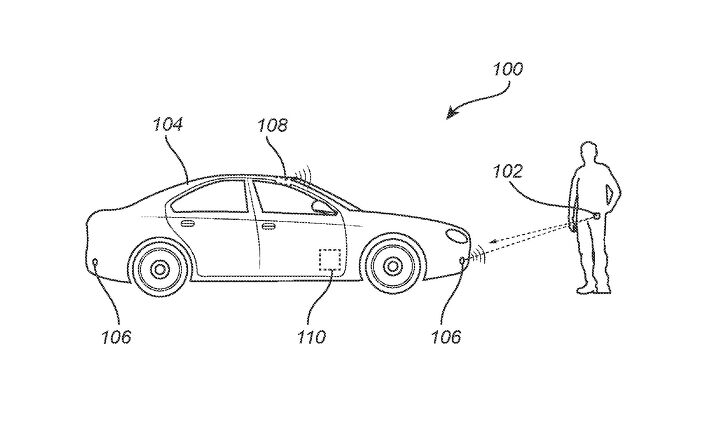


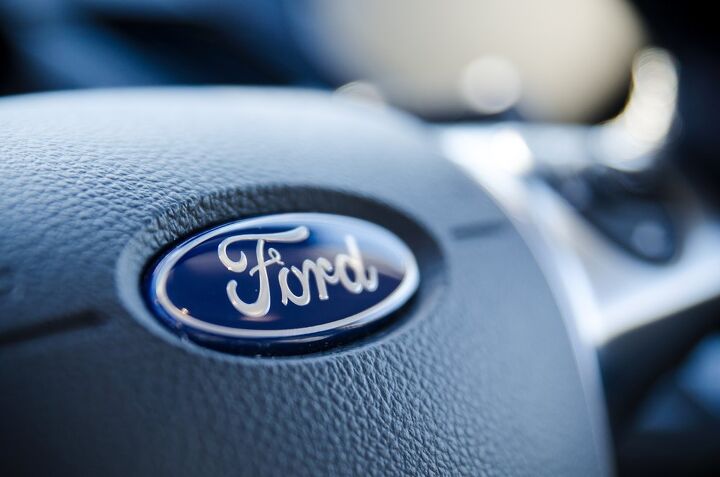

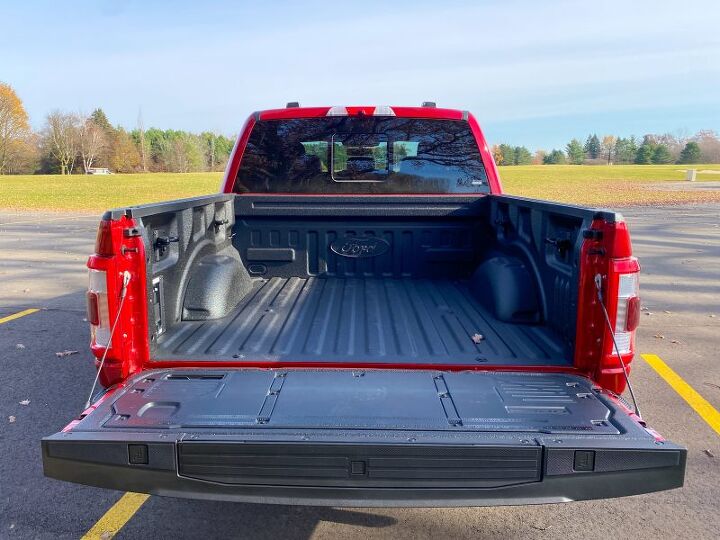
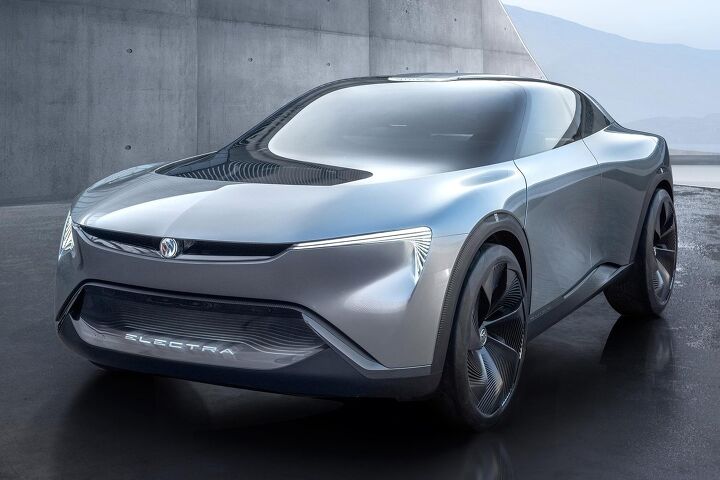
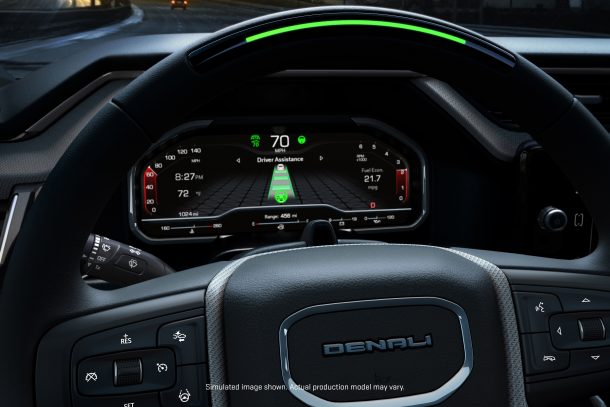
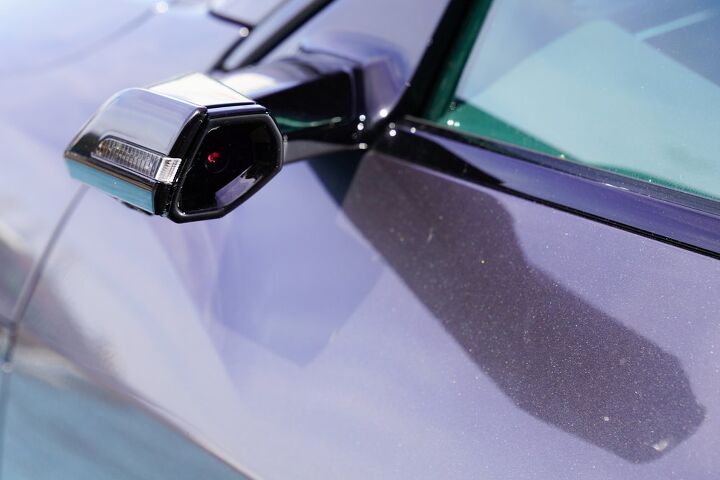

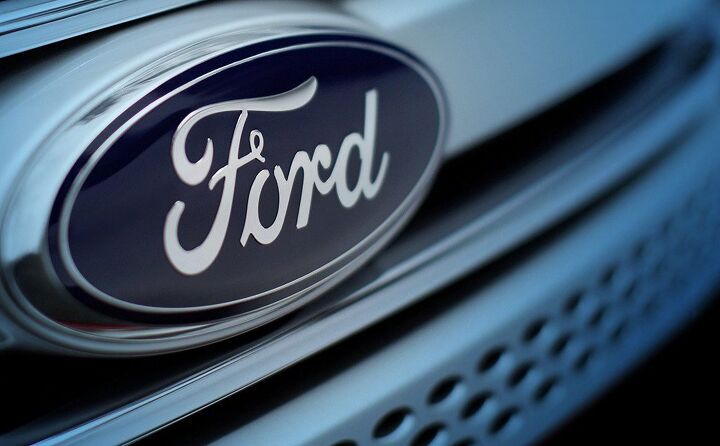












Recent Comments